Week Seven of Embolden Your Inner Mathematician
We commit to curation of best practices, connections between mathematical ideas, and communication to learn and share with a broad audience.
Course Goals:
At the end of the semester, teacher-learners should be able to say:
- I can work within NCTM’s Eight Mathematical Teaching Practices for strengthening the teaching and learning of mathematics.
- I can exercise mathematical flexibility to show what I know in more than one way.
- I can make sense of tasks and persevere in solving them.
Today’s Goals
At the end of this session, teacher-learners should be able to say:
- I can implement tasks that promote reasoning and problem solving. (#NCTMP2A)
- I can make sense of tasks and persevere in solving them. (#SMP-1)
From Principles to Actions: Ensuring Mathematical Success for All:
Implement tasks that promote reasoning and problem-solving: Effective teaching of mathematics engages students in solving and discussing tasks that promote mathematical reasoning and problem solving and allow multiple entry points and varied solution strategies.
Learning Progressions for today’s goals:
- I can implement tasks that promote reasoning and problem-solving. (#NCTMP2A)

- I can make sense of tasks and persevere in solving them.
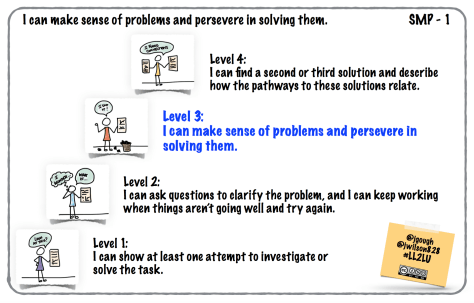
Tasks:
- Poetry and watercolor (a.k.a., the beauty of mathematics)
- Phases of the moon (See slide deck)
What the research says:
From Taking Action: Implementing Effective Mathematics Teaching Practices in Grades K-5
In ambitious teaching, the teacher engages students in challenging tasks and collaborative inquiry, and then observes and listens as students work so that she or he can provide an appropriate level of support to diverse learners. The goal is to ensure that each and every student succeeds in doing meaningful, high-quality work, not simply executing procedures with speed and accuracy. (Smith, 4 pag.)
Equitable teaching of mathematics focuses on going deep with mathematics, including developing a deep understanding of computational procedures and other mathematical rules, formulas, and facts. When students learn procedures with understanding, they are then able to use and apply those procedures in solving problems. When students learn procedures as steps to be memorized without strong links to conceptual understanding, they are limited in their ability to use the procedure. (Smith, 93 pag.)
Evidence of work and thinking:
Slide deck:
07_Visual Patterns-Promote Mathematical Discourse by Jill Gough on Scribd
[Cross posted at Experiments in Learning by Doing]
Gough, Jill, and Jennifer Wilson. “#LL2LU Learning Progressions.” Experiments in Learning by Doing or Easing the Hurry Syndrome. WordPress, 04 Aug. 2014. Web. 11 Mar. 2017.
Leinwand, Steve. Principles to Actions: Ensuring Mathematical Success for All. Reston, VA.: National Council of Teachers of Mathematics, 2014. (p. 21) Print.
Smith, Margaret Schwan., et al. Taking Action: Implementing Effective Mathematics Teaching Practices in Grades K-5. The National Council of Teachers of Mathematics, 2017.
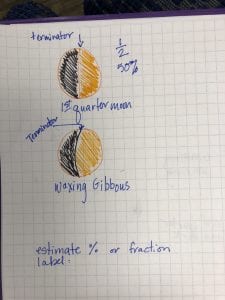





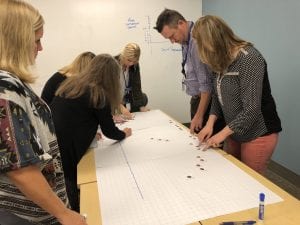
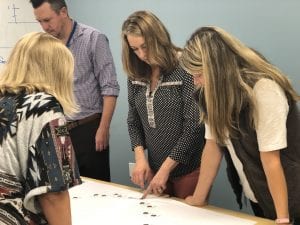
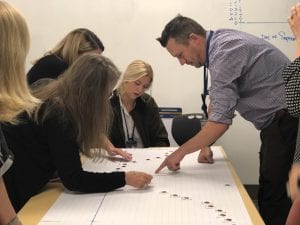

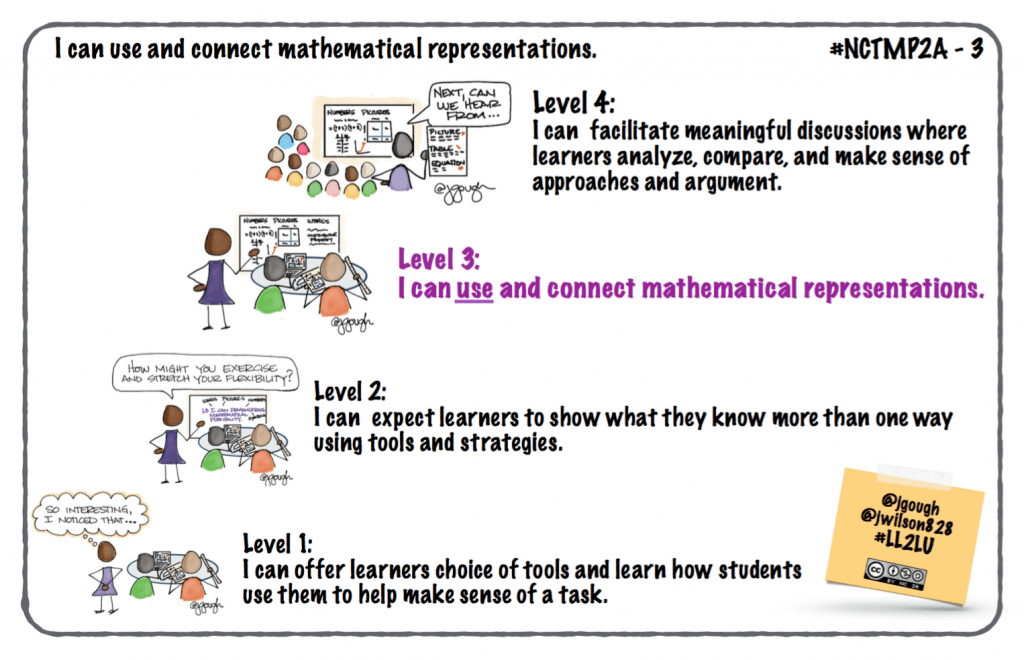
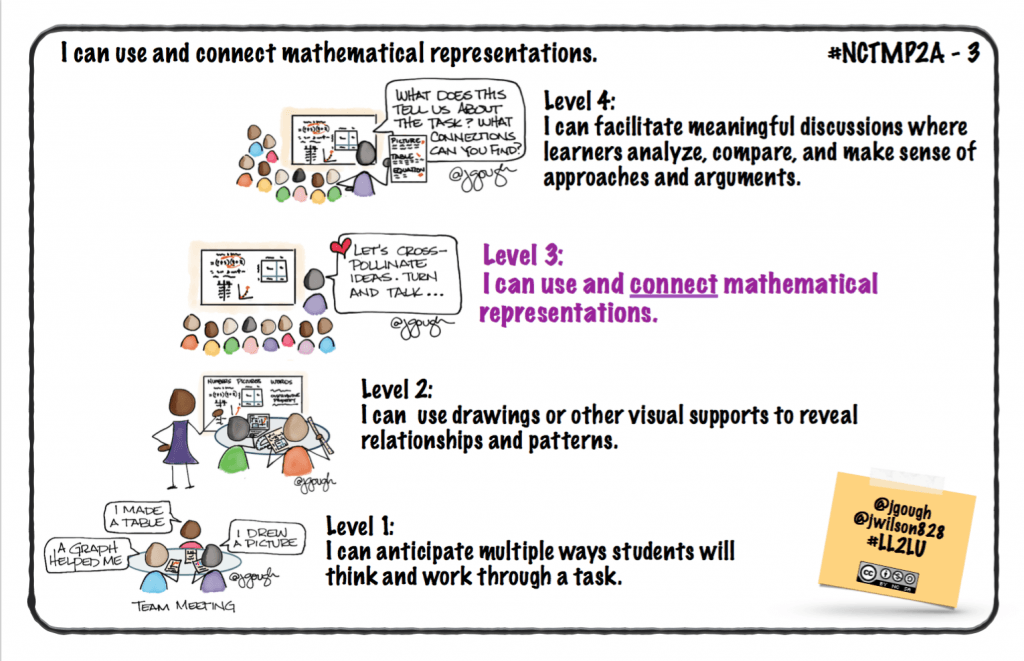

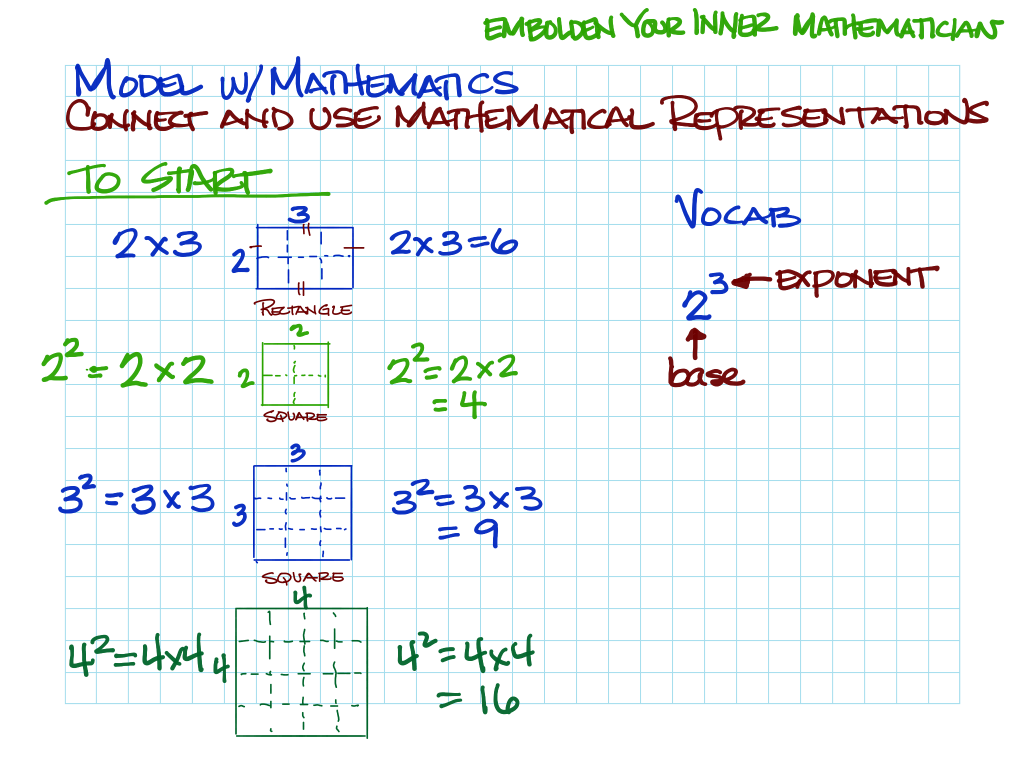
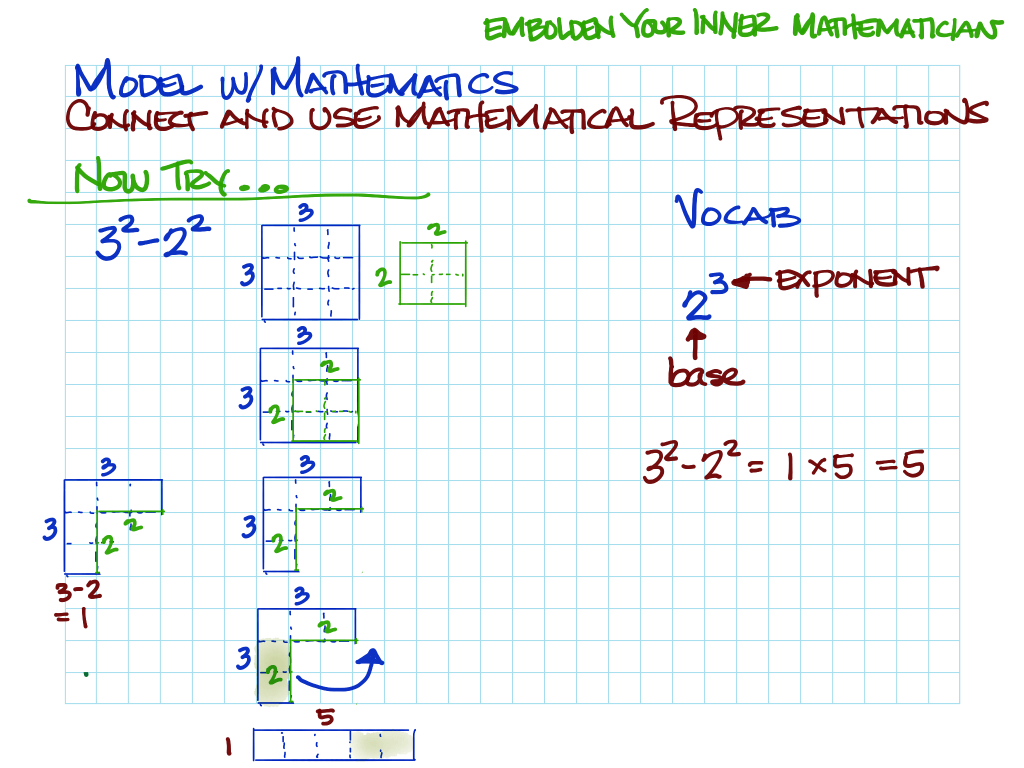
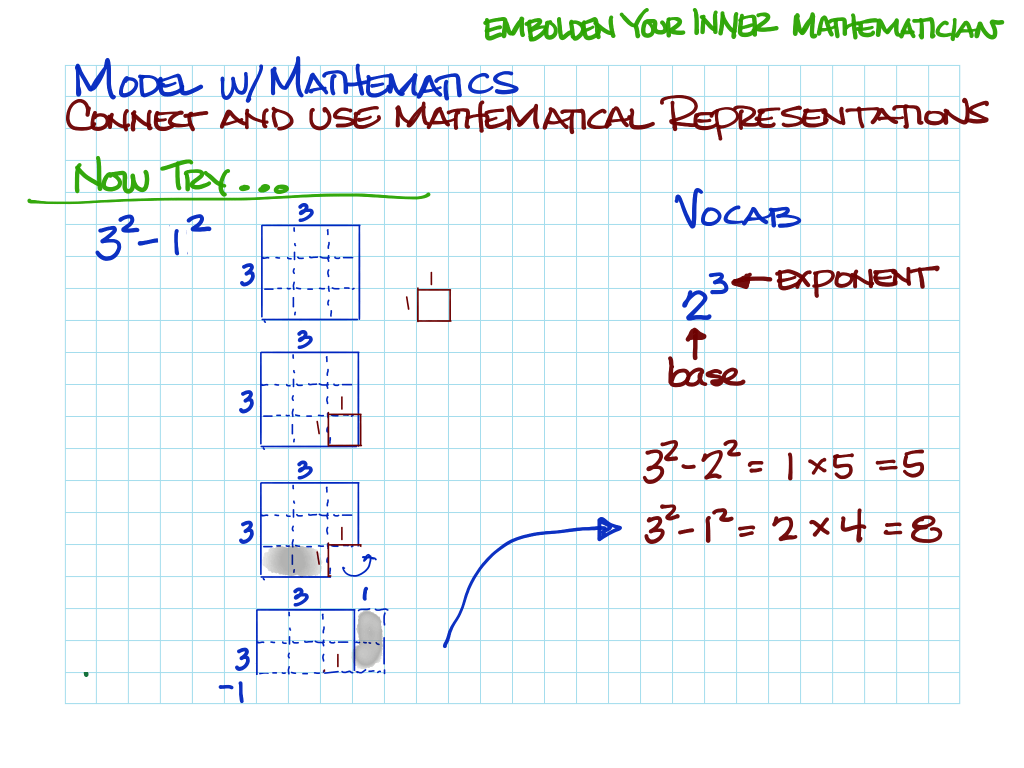

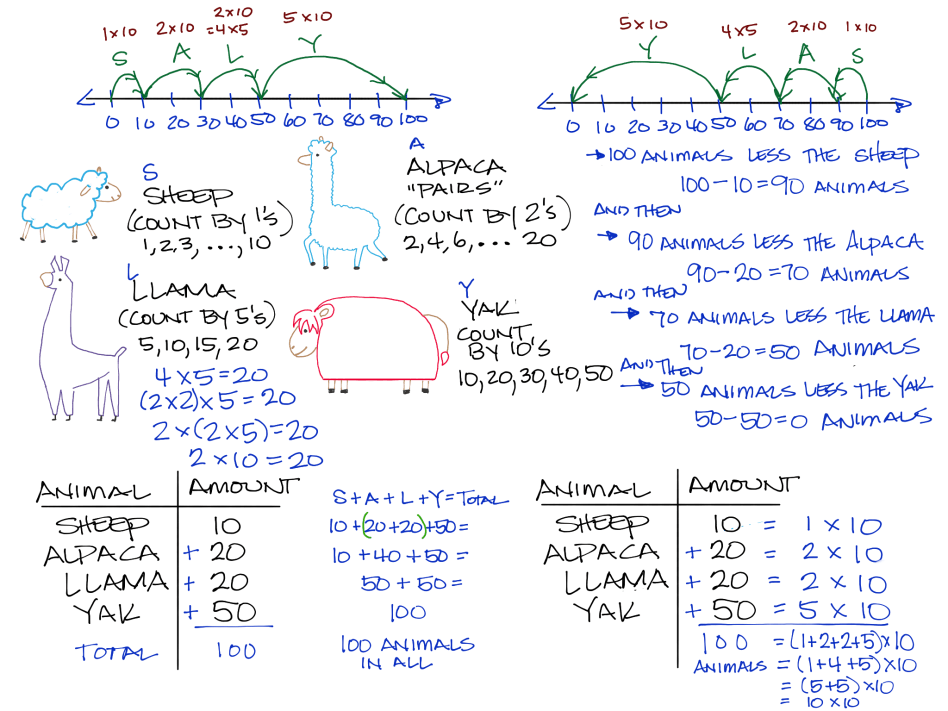 See
See